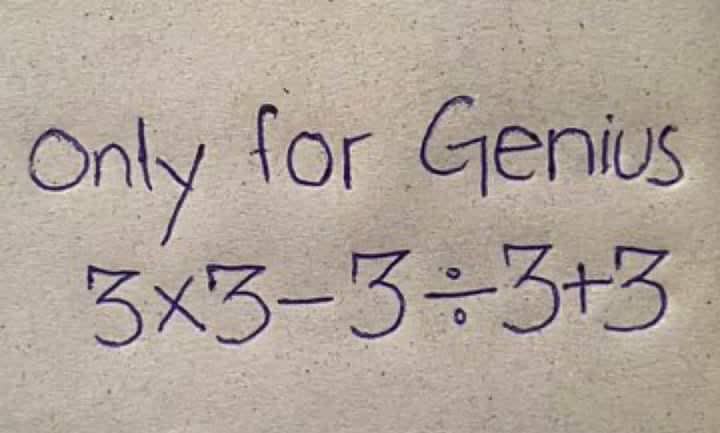In a nutshell: There's a simple reason why you see so many baity Facebook posts that have headlines like "only for geniuses," or "only people with high IQs will get this": they attract a lot of engagement. One of them, for a fake competition that supposedly took place last year, has been one of the platform's most popular posts over the last 6 months.
Facebook's transparency center has published its Widely Viewed Content Report, showing what people see on Facebook.
There are some interesting reveals in the report, including the most-viewed posts of Q1 2025. In second place is a post from Ebuka Peter Ibeh. You likely won't know the name, but you've probably seen his post.
Ibeh's post is for an event that uses a header image of a piece of paper featuring the words "Only for Genius" followed by a math question.
These sorts of posts have been appearing on social media sites for the better part of 15 years, yet they still attract enormous amounts of engagement – people love to show they know the answer and argue with others about why they're wrong.
Ibeh's post received more attention than most. It was Facebook's second most-viewed post of Q1 2025, seen by 51 million people during the quarter. It was also one of the most popular posts in the fourth quarter of 2024, when it achieved 64.3 million views. That's more than 115 million views in six months.
Even though the "Simple maths competition" was never actually a real event – the date is July 8 to July 12, 2024 – more than 803,000 people have responded to the page. Exactly what caused the post's popularity to explode over the last six months is unclear.
In April, Facebook said spammy content was crowding out authentic creators and hurting the Facebook experience. As such, accounts gaming distribution and engagement or flooding the feed with spammy content will see fewer views and monetization. One would imagine that this type of post falls under that category.
The post's popularity is indicative of the way today's Facebook feed is clogged with an algorithmic sea of sponsored content, group posts, and other recommendations from various pages and accounts. It's why Meta introduced a Friends tab, which is said to bring back the original, core Facebook experience that puts friends first.
Fake math-puzzle event becomes one of Facebook's most-viewed posts
